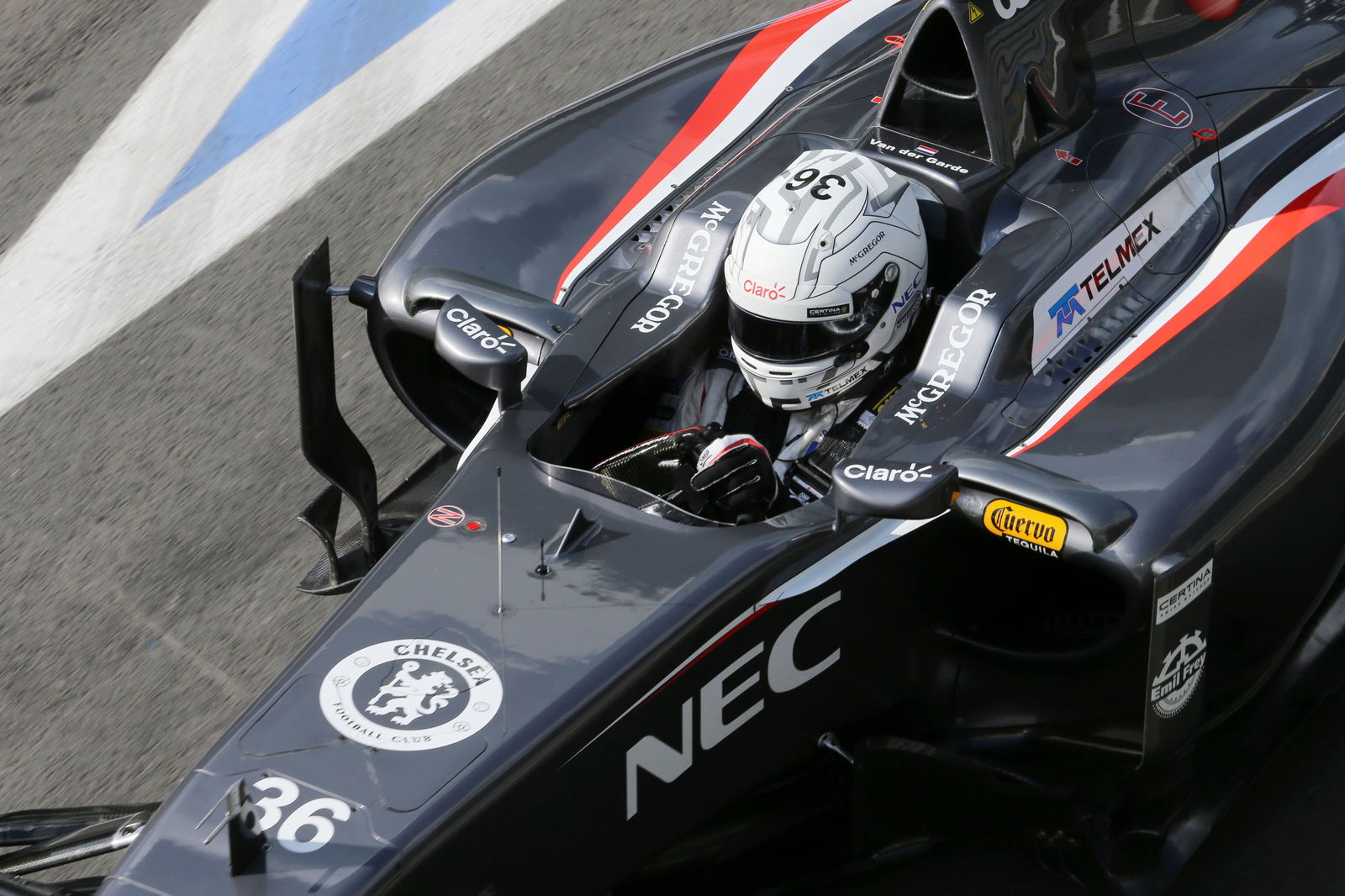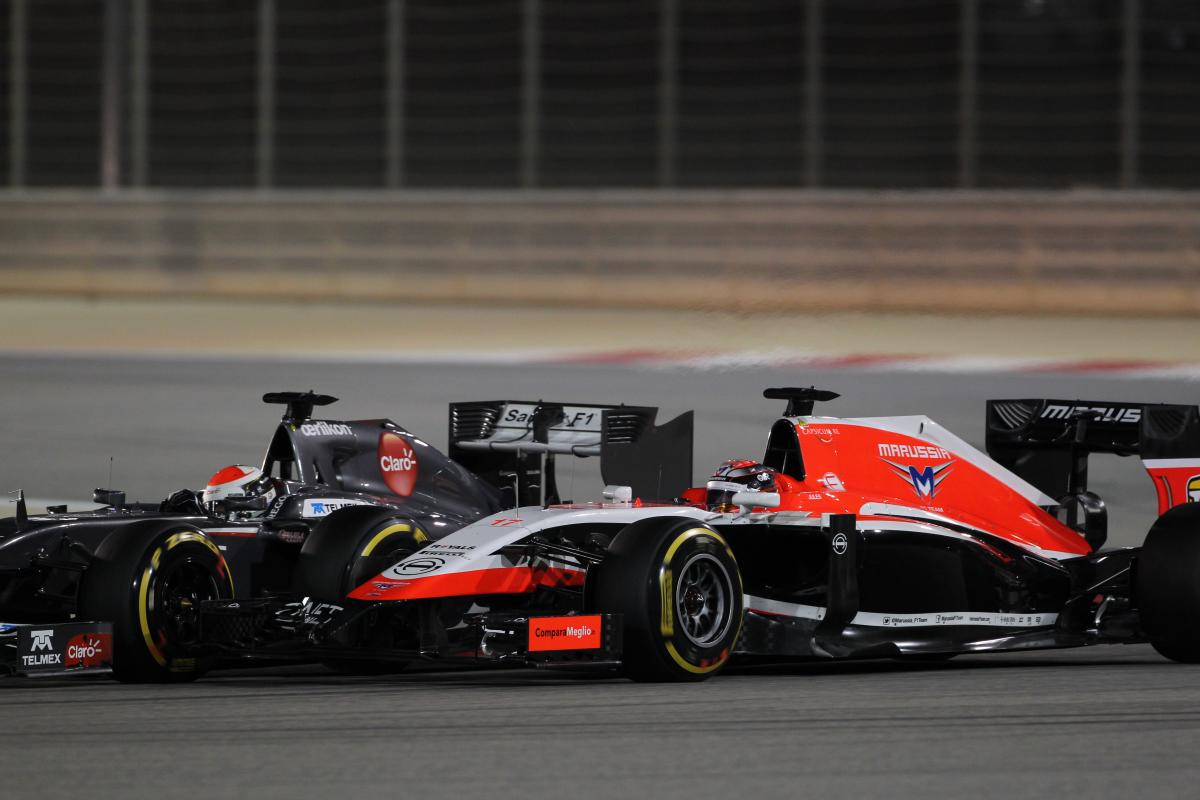F1: Kate Walker: Margaret Jennings

The history of the Second World War contains within it the personal stories of a number of racing drivers whose bravery on track was but a prelude to the courage they would later display at war.
Perhaps the most celebrated example is William Grover-Williams. In 1929 the winner of the first Monaco Grand Prix, during the war he fought in France as a member of the Special Operations Executive, setting up and organising Resistance cells with his former Bugatti teammate Robert Benoist.
But former racing drivers also contributed to the war effort at home, and among them was Margaret Jennings (n?e Allan), a multi-disciplinary racer who competed in rallies, track events, and the 24 Heures du Mans, retiring before war broke out across Europe.
Born in 1906, Jennings was fortunate to come from a wealthy and liberal background, with a family willing to encourage her early interest in horsepower of both the four-legged and four-wheeled varieties. It was her mother who insisted that the teenaged Jennings learn to drive the family's 2l Lagonda so that she could make herself useful by ferrying guests to and fro.
Early chauffeuring duties triggered an interest in racing, and Jennings entered a local ladies' event and won on her first time out. Bolstered by her success, Jennings took the family car down to Brooklands to see what it could do. The answer? Not very much. Convinced that her troubles lay in the equipment she was using, Jennings set to work securing a faster option.
In 1932, Jennings entered the Monte Carlo Rally as Eve Staniland's co-driver. The pair performed creditably for a first attempt, finishing tenth overall and second in the Coupe des Dames. Later that year Jennings was an unqualified success at the Alpine Rally, winning the Glacier Cup, the Coupe des Alpes, and tying for the ladies' win.
The following year saw the purchase of a single-seater 4.5-l Bentley, and with the more powerful car racing success came thick and fast. Strong performances at Brooklands in 1933 led to the offer of an MG works drive in 1934. That season saw decent results at Brooklands and led to the offer of a Le Mans seat as a member of the legendary "Dancing Daughters", an all-female MG works outing that saw all three cars make it to the finish.
Jennings's last year behind the wheel was 1936, and it was perhaps her most successful. Driving Richard Marker's 6.5l single-seater Bentley, better known as 'Mother Gun', at the Whitsun Long Handicap, Jennings became one of four women to earn the Brooklands 120mph badge with a fastest lap of 122.37mph. She won that race at an average speed of 115.25mph.
When the Second World War broke out Jennings put her driving skills to use in the ambulance service before moving to Bletchley Park, where she spent the rest of the war serving as a code-breaker in the Italian naval section.

